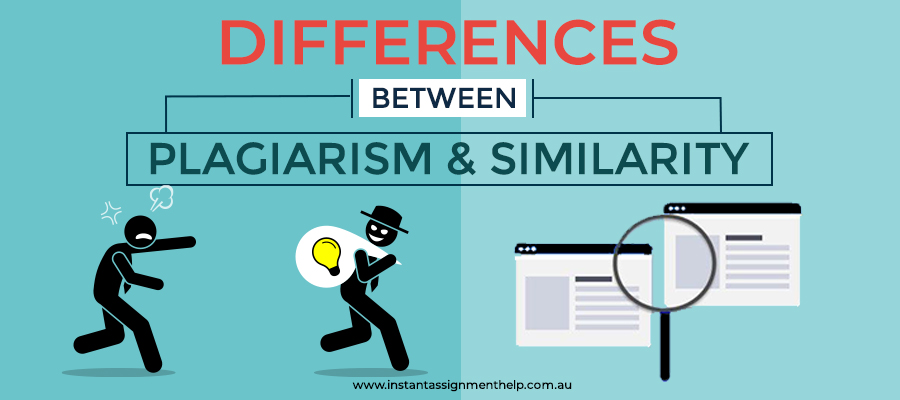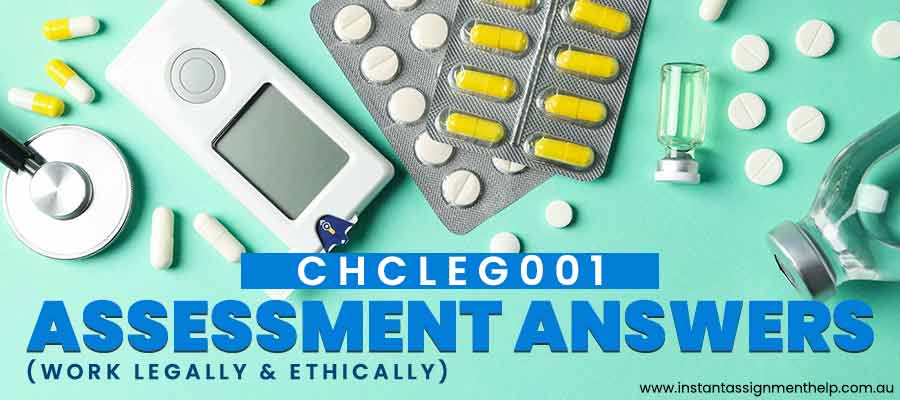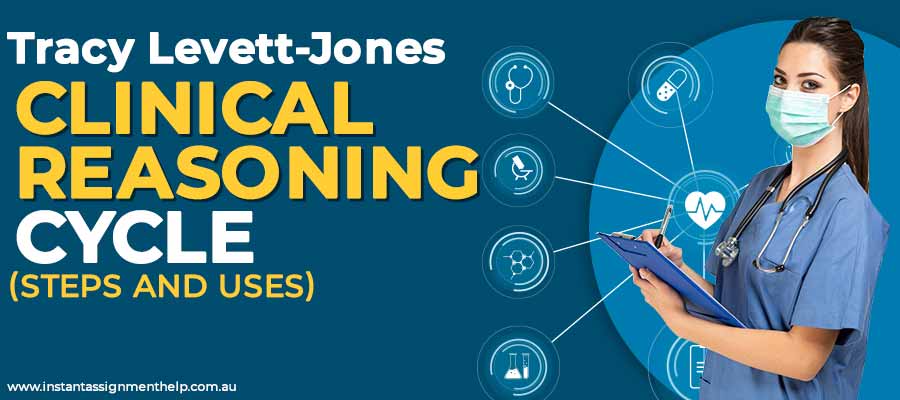What do you think, who kept us safe in this covid-19 by exposing themselves to the life-threatening risk? Nurses, right! They were the ones who worked day and night and struggled to keep the patients alive and safe.
And these nurses are given this learning in their clinical reasoning cycle. The reasoning process of any human starts from childhood, where the judgment capability, analytical thinking, and reasoning based on two or more judgments take place.
Clinical reasoning cycle definition explains the process followed by the nurses and the health-care sector. It involves collecting data, converting raw data into information, understanding the patient’s problem by looking into his past, plan the solution and implement them, gauge the outcomes, and reflect upon them.
To carry out the process of clinical reasoning carefully, nurses have to ensure that their thinking process is organized. In the nursing sector, these people have to carefully analyze each phase of the nursing process as the experts are expected to have clear and accurate judgments. These professionals must be able to differentiate between two similar judgments and then summarize their opinions which are termed as reasoning ability. And this is the foremost responsibility of the nurse to interpret the human judgments, the attitude and philosophical perspective of the patients, gauge the interventions and evaluate the outcomes of the process.
Now you know how important the clinical reasoning cycle is for the nurses and the patients as well. This is the reason our nursing experts are going to give you very useful information about it.
There are various aspects of the this cycle in the nursing sector, and we are going to tell you each one of them. Let us start with the steps of this process.
Importance of Clinical Reasoning Cycle
This theory of this cycle was introduced by TracyLevett-Jones, who happened to be a teaching professor in the nursing school of Newcastle.
TracyLevett-Jones clinical reasoning cycle is divided into 8 steps which shows the complete process of it. This concept is used by almost every physician, health-care sector, nurse and every student who is learning the nursing course. This cycle consists of some steps being followed systematically and in order. The importance of clinical reasoning cycle is that when a health-care sector adopts this clinical cycle, they take the patient personally and do more logical and analytical thinking and not just working on the current disease. By going through these 8 steps of the clinical reasoning cycle, they can treat the patient with the best solution for them.
The process of the clinical reasoning cycle is used by the expert nurses and clinical staff to gain the proper understanding and current status of the patient’s health and to construct a care plan for them.
The clinical judgment is important to see if the patient can recover from the disease or his situation is going to be worse. Therefore, a nurse should be prepared with expert solutions otherwise the patient is the one that has to suffer. The after-effects of the poor diagnosis or poor treatment plan may have some life-threatening consequences to the life of the patient. Thus, the nursing staff must know the process of the clinical reasoning cycle.
You may also like to read: Holmes Blackboard | A Detailed Guide
How Clinical Reasoning Cycle Is Helpful in Nursing Sector?
In the clinical reasoning cycle, the nurses operate from step-to-step from considering the patient’s mental health to critically analyzing the judgments. A patient is given the treatment when nurses use and apply clinical reasoning and critical judgment. This is done to make sure that the patient is getting treated without any health risk.
As stated above, the clinical reasoning cycle helps the health-care sectors to analyze their plans, evaluate their judgments and see if their implementations are working well to provide the patient with a qualitative experience. This also enhances the decision-making skills of the nurses and other clinicians. Similarly, training is also an important part for the students who are planning to get on-board with the health-care sectors in order to learn how to make a critical judgment.
As we have learnt that clinical judgment is being used in health-care sector, we must know how this process actually works and how nurses take the decision for a specific treatment for the patient. Everything we need to know is mentioned in the next section. Let’s read.
Students Also Like: Reflect On and Improve Own Professional Practise
8 Steps of Clinical Reasoning Cycle Proposed by Tracy Levett-Jones

The health-care sector requires a certain plan and process to treat the patients and therefore, the nurses and other clinicians use clinical judgment to prepare a proper treatment plan and achieve the desired outcomes.
In total, there are 8 steps in clinical reasoning Tracy Levett-Jones cycle and each step is majorly important in the life of the patient as well as the nurse. These steps are discussed with clinical reasoning cycle examples to make it easier for you to understand the whole process.
Come let us understand what they are.
- Considering the Current Situation of the Patient
In this step, being in the nursing sector, your task is to collect the facts and data from the patient considering his current medical status. Collect as many details as you can relate to the patient’s medical issue and the reason he’s been admitted to the hospital.
The clinical reasoning cycle nursing experts of Instant Assignment Help Australia says that this step should be informative and organized.
For example, listing all the facts, a nurse would record a patient’s age, the room where he’s admitted and the disease or the problem the patient had.
- Review Previous Data
After taking data from the patient, you now check his previous medical history, past involvement with clinical operations or surgeries, current medical plan, present treatment process and outcomes of the tests done in the past life. Then the nurses are required to make the judgments based on pharmacology and physiology-related knowledge.
Continuing the same example, the nursing staff would further record if the patient has any history of side effects, other symptoms, medicines taken by the patient and the steps that were taken while recording this data.
- Process the Data
This is a very important stage in the process of the clinical reasoning cycle. After checking the history of the patient and noting the current health status of the patient, you then process the data relating to pathological and pharmacological patterns. You are then supposed to separate the relevant information, think of potential results and the decisions you are going to make.
In this step, the data collected is processed, so if a patient had any problem related to the body temperature, hypertension or blood loss, then the information will be checked again and the changes will be recorded.
- Know About the Problem
To create the diagnostic report of the patient’s health problem, the nurse is required to consider the facts properly. Only then you would be able to identify the reason behind the patient’s problem.
- Establish Goals/Objectives
According to the health status of the patient, nurses should make some objectives towards the diagnosis process. They should make the plan for the treatment process in a specific time-frame. Because if you know what your next step is going to be, it will be a lot easier for you to achieve those goals.
Relating to the old example, if the patient has any problem related to hypertension, the goal of the nurse is to get it maintained to the normal level.
- Take Suitable Action
Now it is time for the action and steps that the nurse and the entire team of the health-care sector will implement which were decided towards achieving the goal regarding the treatment of the patient.
- Evaluating
The nursing and health-care sector must gauge and evaluate the results that came after implementing the plans. The parameters should be used to see how effective nursing care was.
After taking the right step, the nursing staff will judge the results of their treatment plans and will record them.
- Reflecting on Outcomes
To act upon the results you got and the discoveries that were made at the end of this process is the last step that the nursing and care sector has to perform.
This will help you to minimize the chances of errors in the future.
In this last phase, the nurse would check if there was any other way that he could have done better so that the patient’s health can be improved soon.
These are the steps given by Tracy Levett-Jones clinical reasoning cycle that the nurses should take for smoother operations and it also helps the health-care sector to provide the best nursing facilities to the patients.
You’ve just learned the phases and steps of clinical cycle with few examples of it. Continue reading the next section.
Want to know more about the clinical reasoning cycle, turn to Instant Assignment Help Australia website to get some better insights.
Avail the help from the clinical cycle nursing experts and get your college assignments done strategically.
You will get a few freebies and offers while placing the order from our website and some of them are:
- Complete 24*7 support system
- Numerous editions.
- Buy 4 assignments and pay for the price of 3.
- Free Plagarism report
In times of Covid-19, Instant Assignment Help Australia is giving up to a 50% discount on all the orders. You can avail this amazing offer with a 5% additional discount if you place the order through our user-friendly mobile app. Order Now
Take the advantage of these offers and place the order now.
You may also like reading:
USD6
-
Topic CreationUSD 3.87
-
OutlineUSD 9.33
-
Unlimited RevisionsUSD 20.67
-
Editing/ProofreadingUSD 28
-
FormattingUSD 8
-
BibliographyUSD 7.33
RECENT BLOGS











